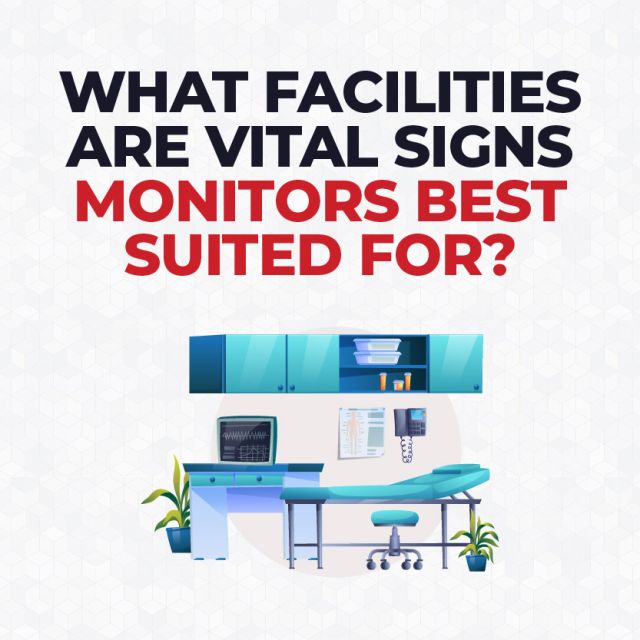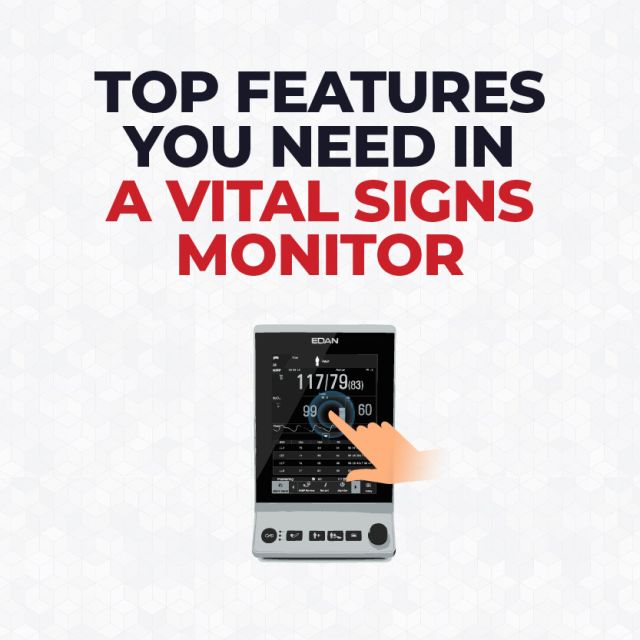Different Types of Patient Monitoring Devices
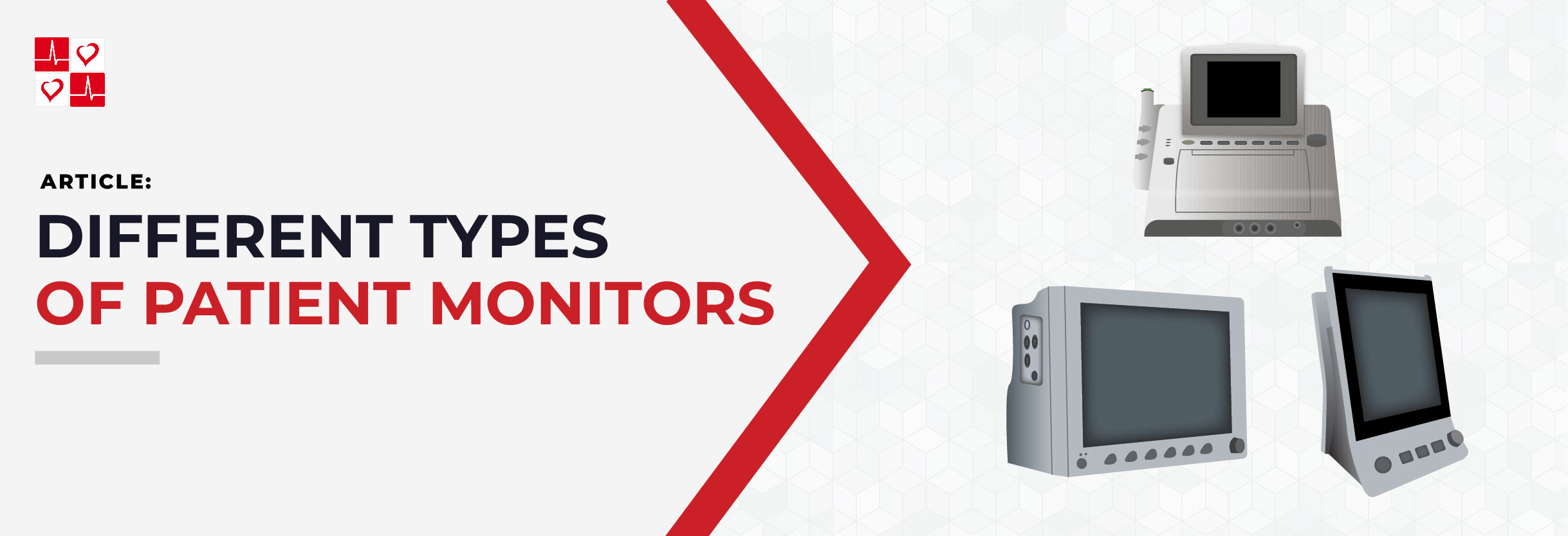
Introduction
Patient monitoring devices are important for any practice effectively analyzing the condition of patients.
However, understanding what parameters you need to monitor and what environment you are measuring in are essential for finding the perfect machine for your facility. That is why equipping your hospital with the different types of patient monitoring devices is critical for patient safety. Use this article to help guide you in understanding what patient monitoring devices are available for your practice!
Types of Monitors
Medical-grade patient monitors measure various physiological parameters for hospital and clinical usage. The type of monitor that your facility needs depends on the required parameters you will be monitoring on a daily basis. We’ll give a quick breakdown of each type to help determine which type of patient monitor you need, and which products we recommend.
Vital Signs Monitor
Vital Signs Monitors measure basic vitals of a patient, which include Oxygen Saturation Levels, Blood Pressure, Temperature and Pulse Rate.
For this reason, they are mainly used in low acuity environments such as general medical and surgical wards.
Our Top Vital Signs Monitors
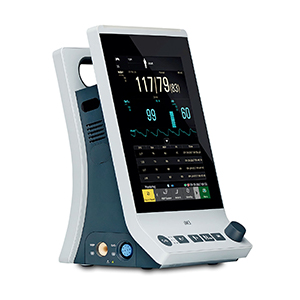
Multi-Parameter Patient Monitor
Multi-Parameter Patient Monitors can continuously track basic vitals, but also have the capabilities to monitor high acuity parameters. For example, these measurements can include: ETCO2, Cardiac Output, Anesthetic Agents and Invasive Blood Pressure.
Particularly, Patient Monitors are mainly found in high acuity areas of a hospital such as ICU’s or Emergency Rooms.
Our Top Patient Monitor Picks
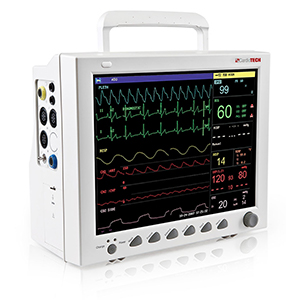
Fetal Monitors
Fetal Monitors are commonly used to continuously monitor fetal heart rate during late pregnancy and labor. Specifically, Fetal NST’s can measure Heart Rate and Rhythm shown on a screen and printed on paper.
Fetal monitoring systems are common in antepartum and intrapartum care.
Our Top Fetal Monitor Picks
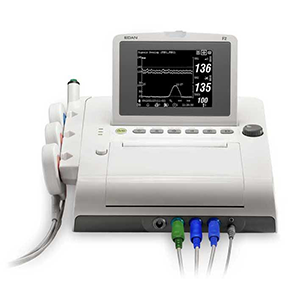
Remote Monitors
Remote Monitors are well known for being small, wearable and portable. Generally, wearable devices typically provide a more comfortable, multi-parameter monitoring experience. Additionally, they often wirelessly transmit data to healthcare providers.
Hence, they are mainly used in remote environments or where patients are on the move. These include:
- At Home
- Central Nursing Area
- Remote Observation Area





